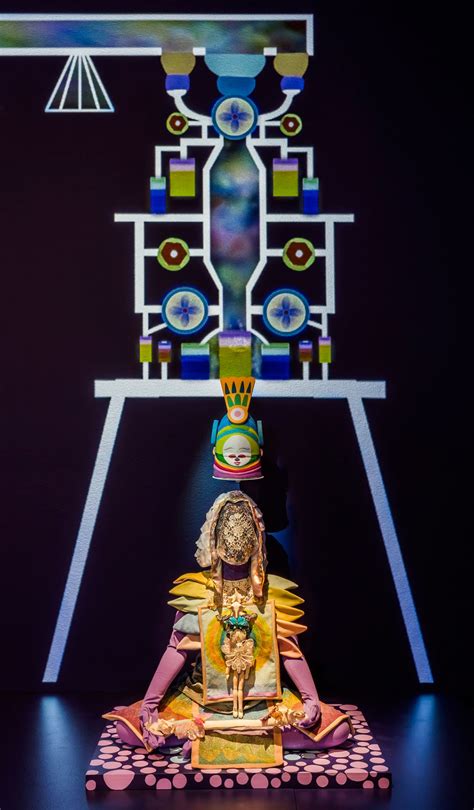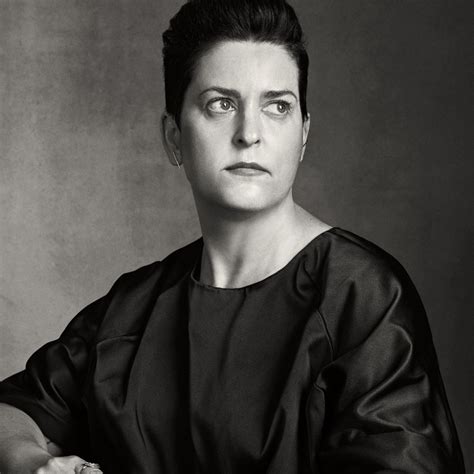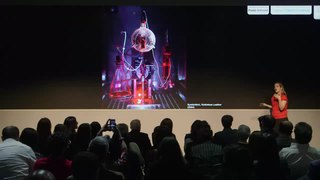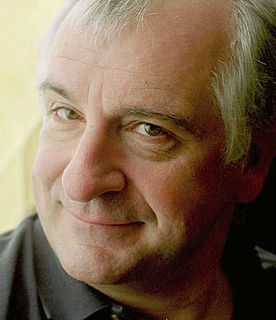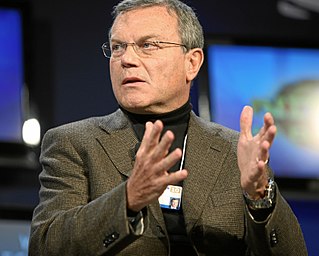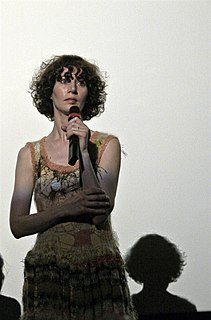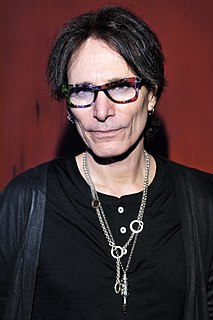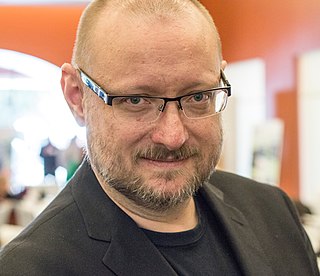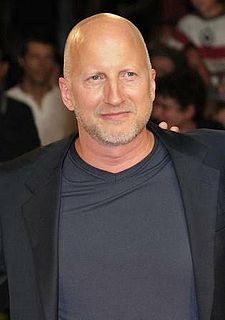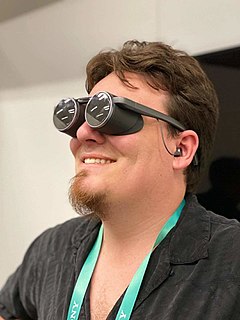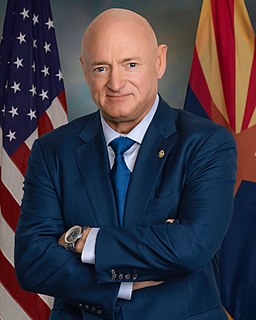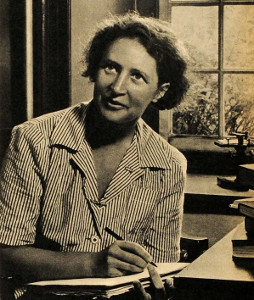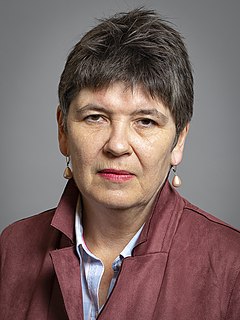A Quote by Saya Woolfalk
As I currently explore things like augmented and virtual reality, I constantly bring us back to actual bodies in space, real dancers that have physical manifestations not just phantoms that exist in digital space.
Related Quotes
You've got the people you know, which are problematic. Always. They're rich but they're also real people living their lives alongside you. Then you've got the people that you make-up completely, who are often missing a dimension if they don't have some reference to real people. So strangers exist in this in-between space, where in not knowing them, you are creating a fiction for them, even in passing, but at the same time, there they are, with their actual bodies and their actual clothes. It's totally enticing.
In the physical universe, there are objects that include suns, planets, all life, and all matter in all dimensions. And then there is the space where all these things exist. That space is the vital element. For virtually every kid since 1968 who picked up a guitar to find his voice on the instrument, Jimmy Page has been the space that enables all our notes to be played.
When you are aware of space, you are not really aware of anything, except awareness itself - the inner space of consciousness. Through you, the universe is becoming aware of itself! Just as space enables all things to exist and just as without silence there could be no sound, you would not exist without the vital formless dimension that is the essence of who you are.
My own personal aesthetic is all to do with real actors and real locations and a kind of almost hyper reality and actuality to things. But the digital world, I explore that through other mediums, with music videos and commercials. Even 'The Road' was a real learning curve for me with digital effects.
If you're having a very high-adrenaline, high-movement experience in virtual reality, and then all of a sudden you're back in your office, that disconnect is pretty notable. Whereas if you're using it for virtual reality teleconferencing... there's really no kind of impact moving back and forth between the real and the virtual world.
Back in the 1980s, when the internet was only available to a small number of pioneers, I was often confronted by people who feared that the strange technologies I was working on, like virtual reality, might unleash the demons of human nature. For instance, would people become addicted to virtual reality as if it were a drug? Would they become trapped in it, unable to escape back to the physical world where the rest of us live? Some of the questions were silly, and others were prescient.
The dancer, or dancers, must transform the stage for the audience as well as for themselves into an autonomous, complete, virtual realm, and all motions into a play of visible forces in unbroken, virtual time...Both space and time, as perceptible factors, disappear almost entirely in the dance illusion.
